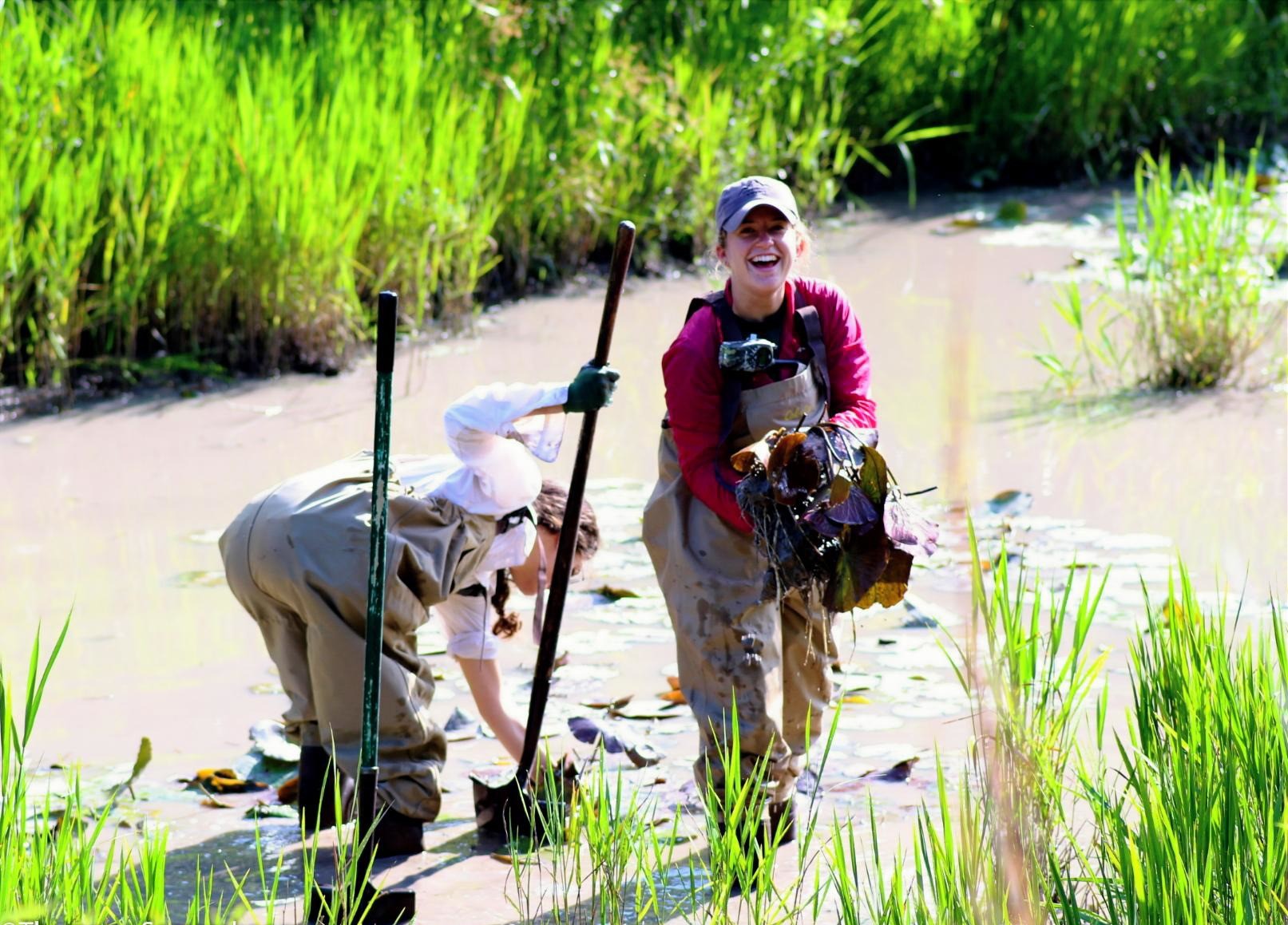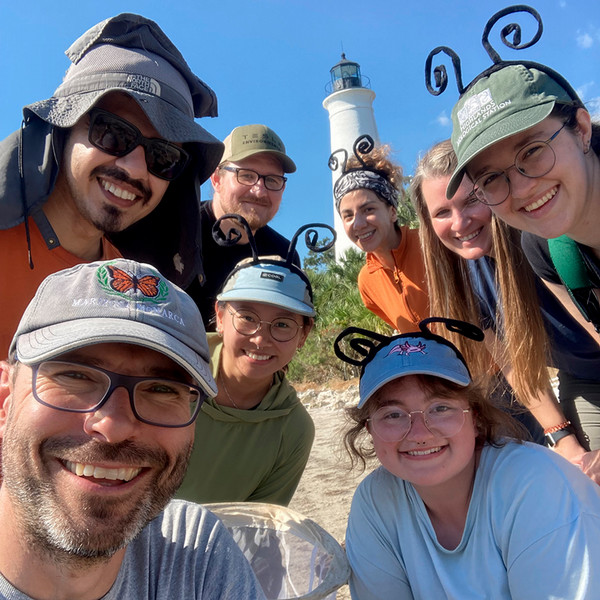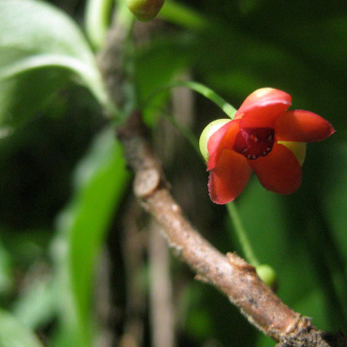
Research Projects
Herbaria are invaluable resources for botanical research, offering preserved specimens and associated data that document plant diversity across time and space. At the Emory Herbarium's Molecular Systematics Lab, our research explores fundamental questions in plant evolution by integrating cutting-edge molecular techniques with traditional fieldwork and herbarium-based studies. Our systematics research focuses on understanding and documenting plant biodiversity and the evolutionary processes that shape it. Current projects investigate speciation, phylogeography, phylogenetics, and biogeography in genera such as Mitragyna (kratom), Schisandra (starvine), Humulus (wild hop) and Casearia spp. (Samydaceae). As both a research and educational institution, the Emory Herbarium welcomes the involvement of students, volunteers, and interns. Emory students have contributed to our lab in diverse ways—from conducting DNA extractions, specimen databasing, and imaging, to curating collections and leading independent research projects. Below are some of the research areas students can explore:
- Plant Systematics
The study of plant classification and evolutionary relationships. This field aims to understand how plant species are related and to reconstruct the tree of life for plants. - Floristic Studies
These projects document the plant species of a particular region or habitat, often contributing to biodiversity inventories and conservation efforts. - Medicinal Plants
Research focused on plants used in traditional medicine, including their cultural significance, bioactive compounds, and potential for modern therapeutic applications. - Lichens and Fungi
Investigating the diversity, ecology, and taxonomy of non-vascular organisms that are vital to ecosystems, often using herbarium specimens and molecular tools. - Crop Wild Relatives
Study of wild species closely related to cultivated crops, which can be sources of traits like disease resistance or drought tolerance, important for food security. - Climate and Ecological Studies
Examining the impact of climate change on plant distributions and ecosystems, including shifts in flowering time, habitat ranges, and species interactions. - Invasive Species Biology
Researching non-native plant species that disrupt ecosystems, with the goal of understanding their spread, ecological impacts, and management.
Whether you're interested in gaining lab experience, learning field and herbarium techniques, or conducting independent research, we welcome you to join our collaborative research community.
Ecology and Evolution of Host-Parasite Interactions
Research in the De Roode lab focuses on the ecology and evolution of host-parasite interactions. As part of one project, the lab investigates the effects of milkweed chemicals on the interaction between monarch butterflies and their protozoan parasites. Milkweeds with high levels of cardenolides (secondary steroids) reduce parasite infection and virulence, and monarchs can use such anti-parasitic milkweed as a form of medication.
Visit the De Roode Lab
Medical Ethnobotany and Anti-infective Drug Discovery
Research in the Quave lab focuses on medical ethnobotany in the Mediterranean, which is complemented by laboratory analysis of herbal remedies. A special focus is placed on medicinal plants used in traditional medical practices for the treatment of skin and soft tissue infections. Natural products derived from these plants are studied for their antimicrobial activity, specifically their ability to block bacterial communication systems. A series of photos are available from recent field studies in southern Italy, Sicily, Albania, and Kosovo.
Visit the Quave Lab
Ethnobotany and Conservation of American Starvine Forest
The urban Atlanta campus of Emory University is nestled in one of the best surviving patches of the Great Piedmont Forest that once stretched in a graceful arc from New York to Alabama. The rare, yet elegant, American Starvine (Schisandra glabra) has become a living symbol of our commitment to protect this forest heritage. Our collaboration with phytochemists, medical professionals, ecologists, and holders of Traditional Ecological Knowledge of the rural Southeast (Native American, African American, and European American communities) helps us to better understand the relationship of the American Starvine Forest to emerging challenges to social and ecological sustainability, including climate change, urban development and human health.
